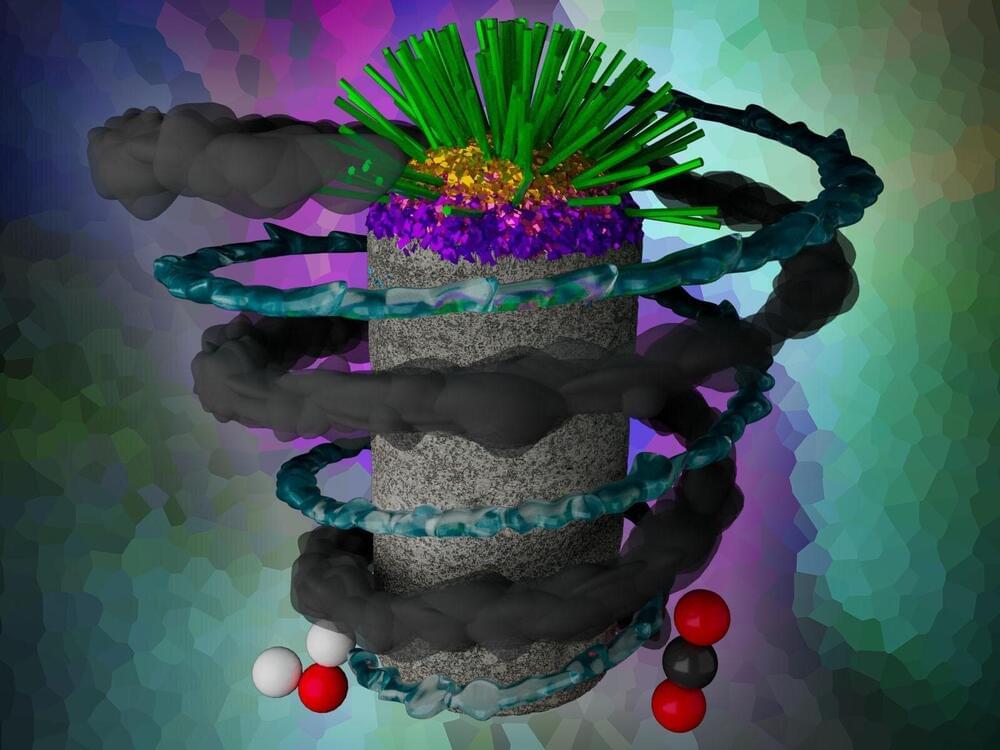Tesla Inc. is moving forward with plans to build a lithium refinery on the Texas Gulf Coast in a bid to gain more control over the supply chain for electric vehicle batteries.




A major internet subsea fiber cable in the South of France was severed yesterday at 20:30 UTC, causing connectivity problems in Europe, Asia, and the United States, including data packet losses and increased website response latency.
Cloud security company Zscaler reports that they made routing adjustments to mitigate the impact. However, users still face problems due to app and content providers routing traffic through the impacted paths.
“Zscaler is working with the content providers to have them influence their portion of the path,” reads a notice from Zscaler.

Thanks to its mild climate, expansive highway network, and lax regulations, Texas has become the country’s proving ground for driverless trucks. From cargo to produce, goods have been traveling the state’s highways partially driver-free (the trucks aim to use autonomous mode on highways, but safety drivers take over to navigate city streets) for a couple of years already. Now there’s another type of cargo traveling through Texas via autonomous trucks: furniture. This week Kodiak Robotics announced a partnership to transport IKEA products using a heavy-duty self-driving truck.
Kodiak has been moving furniture and other IKEA goods since August, but the companies carried out a testing period before making the agreement public. The route runs from an IKEA distribution center in Baytown, east of Houstin, to a store in Frisco, 290 miles away just north of Dallas. It’s mostly a straight shot on highway 45.
Like the self-driving trucks that’ve come before it, the vehicle has a safety driver on board. He or she picks up loaded trailers at the distribution center in the morning and provides driving help where needed, reaching the store by late afternoon; it’s about a five-hour drive in a car, so a bit more in a heavy-duty truck.

Track is more avant-garde than singalong, but is futuristic, nevertheless. Words are quite a limited medium for communication, and I have adopted “Passing Human Knowledge” as a slogan for the Posthuman University because of the multiple ambiguities. Are we “passing on” knowledge; or passing as in superseding, overtaking, going past? Or are we reducing and ultimately finishing off human era thought, passing away? Or maybe ‘passing’ as in examination; passing or failing human academic and religious so-called knowledge? Detail from C19th Tibetan tsakli. I have updated the website https://posthuman-university.org
Listen to Passing Human Knowledge.

Alzheimer’s disease is a brain disorder that slowly destroys memory and thinking skills and, eventually, the ability to carry out the simplest tasks. In most people with the disease — those with the late-onset type symptoms first appear in their mid-60s. In a study from Brigham and Women’s Hospital, scientists found a new contributor to Alzheimer’s disease.

Gravitational waves are invisible to the naked eye, but can be detected with instruments such as the Large Interferometer Gravitational Wave Observatory (LIGO) in Pasadena, California. So, after LIGO detected the first blast of waves from the colliding stars in 2017, astronomers around the world trained their telescopes on the merger to learn whatever they could about it. Before long, astronomers saw visible evidence of a high-speed jet of particles, blazing out of the collision site and lighting up globs of matter that had been ejected by the stars.
In their new paper, astronomers analyzed that jet with NASA’s Hubble Space Telescope, the European Space Agency’s Gaia space observatory and several additional radio telescopes on Earth. With these observations, the team calculated both the actual speed of the jet, and the perceived physics-defying speed.
The beyond-light-speed illusion arises from the difference in speed between the particles in the jet, and the light particles (or photons) that they emit. Because the jet’s particles move nearly as fast as the light they emit, it can appear as though particles in the early part of the jet are arriving at Earth at nearly the same time as photons in the later stages of the jet — making it appear as though the jet is actually moving faster than the speed of light.

A new scientific review article in Nature Reviews Chemistry discusses how carbon dioxide (CO2) converts from a gas to a solid in ultrathin films of water on underground rock surfaces. These solid minerals, known as carbonates, are both stable and common.
“As global temperatures increase, so does the urgency to find ways to store carbon,” said Pacific Northwest National Laboratory (PNNL) Lab Fellow and co-author Kevin Rosso. “By taking a critical look at our current understanding of carbon mineralization processes, we can find the essential-to-solve gaps for the next decade of work.”
Mineralization underground represents one way to keep CO2 locked away, unable to escape back into the air. But researchers first need to know how it happens before they can predict and control carbonate formation in realistic systems.

Ben Goertzel, PhD, is author of many books on artificial intelligence including Ten Years to the Singularity if We Really Really Try; Engineering General Intelligence, Vols. 1 and 2; The Hidden Pattern: A Patternist Philosophy of Mind; and The Path to Posthumanity. He is also editor (with Damien Broderick) of an anthology about parapsychology titled, Evidence for Psi: Thirteen Empirical Research Reports. He is chief scientific officer for Hanson Robotics in Hong Kong.
Here he notes that, while the question of reincarnation in robots seems outlandish, most of our present technology would have seemed nonsensical and incomprehensible to earlier generations of humans. He quotes the 14th Dalai Lama who suggested (half-jokingly) that artificial intelligence programmers of the future might incarnate into robots. He cites Stephen Braude’s book, Immortal Remains, as demonstrating that we must consider some version of consciousness operating outside of the body. He outlines the sort of scientific and metaphysical models that might lead to such a development.
New Thinking Allowed host, Jeffrey Mishlove, PhD, is author of The Roots of Consciousness, Psi Development Systems, and The PK Man. Between 1986 and 2002 he hosted and co-produced the original Thinking Allowed public television series. He is the recipient of the only doctoral diploma in “parapsychology” ever awarded by an accredited university (University of California, Berkeley, 1980). He is also past-president of the non-profit Intuition Network, an organization dedicated to creating a world in which all people are encouraged to cultivate and apply their inner, intuitive abilities.
(Recorded on April 29, 2016)